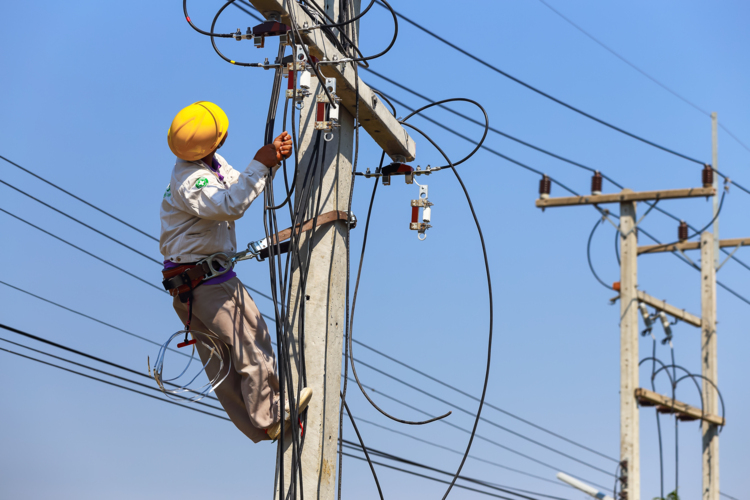Joel Lindholm, the VP of Business Development for Ruckus LTE, recently penned a Connected Real Estate Magazine article about the benefits of Citizen Broadband Radio Service (CBRS) for the hospitality industry. As Lindstrom observes, hotel owners are losing approximately $4 per square foot due to poor cellular connectivity. Perhaps most importantly, 30 percent of hotel guests will not return to a hotel if LTE coverage is poor. This means even a single ‘dead zone’ can result in the loss of thousands of dollars in hotel revenue.

“Many hotels and convention centers have adopted Wi-Fi solutions, but hoteliers are still finding that high-speed LTE with
Why hote ls should consider CBRS
Although distributed antenna systems (DAS) are a popular option for hotels seeking to solve indoor cellular coverage issues, it is quite costly to install and can take 12+ months to begin providing cellular service. Securing access to wireless spectrum with CBRS delivers a more secure, powerful connectivity experience for guests and customers. CBRS, which leverages the 3.5
“Technologies based on the 3.5
If hoteliers don’t want to design, install or manage their own LTE networks, says Lindstrom, Managed Service Providers (MSPs) will provide networks that can be used for private LTE and as a Neutral Host Network. Essentially, a Neutral Host Network is a network deployed and managed by a host operator where the network resources are being shared by multiple mobile network operators. As a neutral host, hotels have a business agreement with mobile operators to provide service to mobile customers while they are on the OnGo network on the premises.
“Neutral Host Networks based on shared spectrum allow hoteliers to create reliable and secure networks tailored to their unique needs, delivering high-performance LTE to all their guests, regardless of their wireless carrier,” he adds.
As Lindstrom notes, 2019 will be an exciting year as hotels look to provide the kind of top-tier connectivity services their guests demand — both indoors and outside.
“[With CBRS] ensuring reliable, secure coverage that spans the entire building without dead spots, customers











